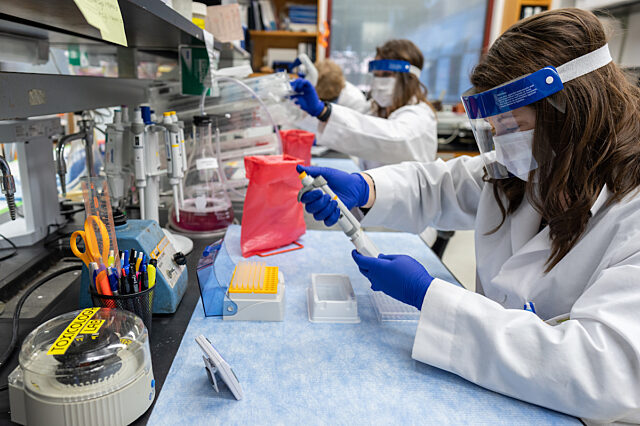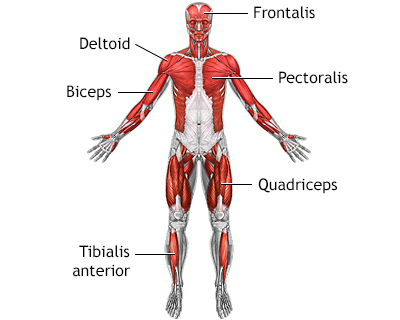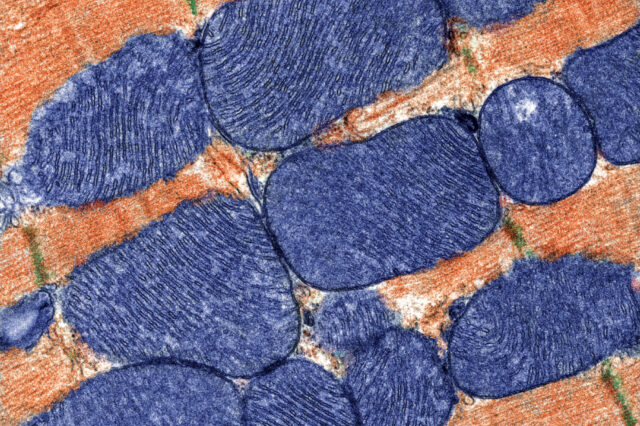Definition
A muscle disorder includes patterns of weakness, loss of muscle tissue, electromyogram (EMG) findings, or biopsy results that suggest a muscle problem. The muscle disorder can be inherited, such as muscular dystrophy, or acquired, such as alcoholic or steroid myopathy.
The medical name for muscle disorder is myopathy.
Alternative Names
Myopathic changes; Myopathy; Muscle problem
Symptoms
The main symptom is weakness.
Other symptoms include cramps and stiffness.
Exams and Tests
Your health care provider will take your medical history and perform a neurological exam. Tests that may be ordered include:
- Blood and urine tests
- Electromyography (EMG) and nerve conduction studies (NCS)
- Muscle biopsy
- Genetic tests to look for conditions that run in families. This can be tested with blood work or sometimes saliva testing.
A muscle biopsy examines a tissue sample under a microscope to confirm disease. Sometimes, a blood or saliva test to check for a genetic disorder is all that is needed based on someone's symptoms and family history.
Treatment
Treatment depends on the cause. It usually includes:
- Bracing
- Medicines (such as corticosteroids in some cases)
- Physical, respiratory, and occupational therapies
- Preventing the condition from getting worse by treating the underlying condition causing the muscle weakness
- Surgery (sometimes)
Your health care provider can tell you more about your condition and treatment options.
References
Borg K, Ensrud E. Myopathies. In: Frontera, WR, Silver JK, Rizzo TD, Jr, eds. Essentials of Physical Medicine and Rehabilitation: Musculoskeletal Disorders, Pain, and Rehabilitation. 4th ed. Philadelphia, PA: Elsevier; 2019:chap 136.
Selcen D. Muscle diseases. In: Goldman L, Schafer AI, eds. Goldman-Cecil Medicine. 26th ed. Philadelphia, PA: Elsevier; 2020:chap 393.


